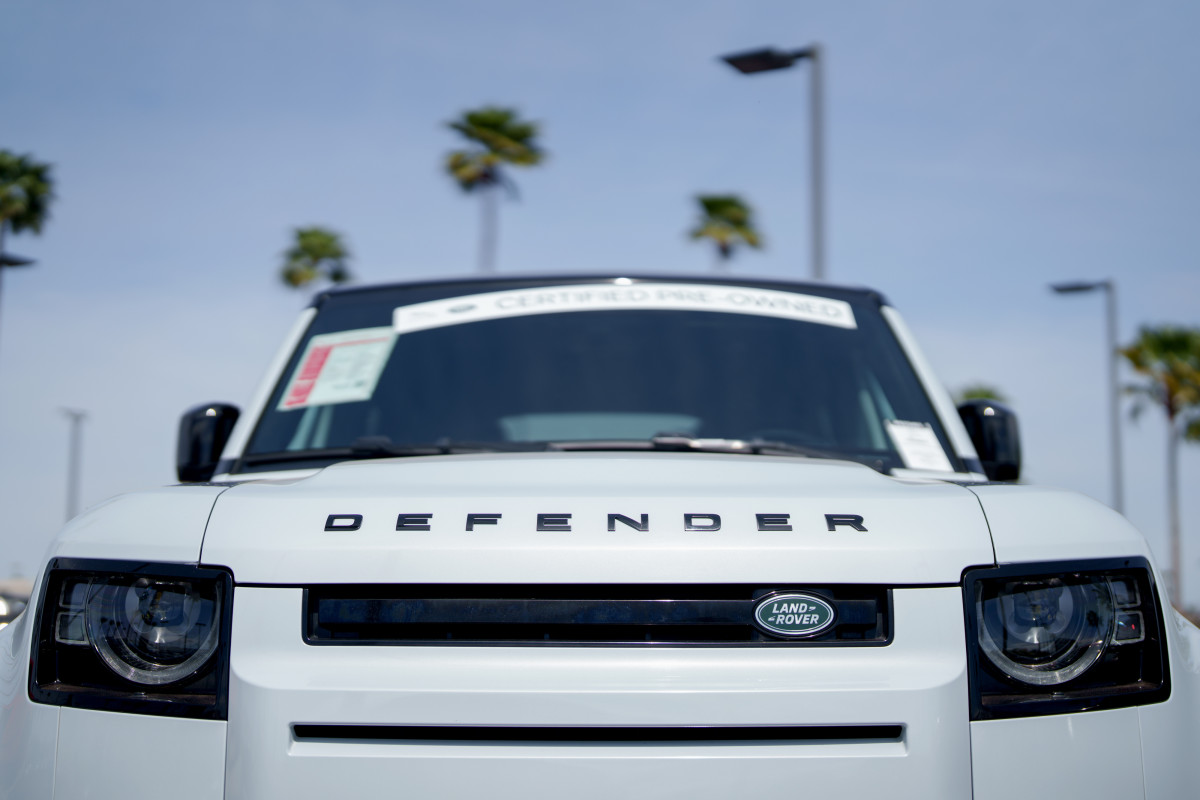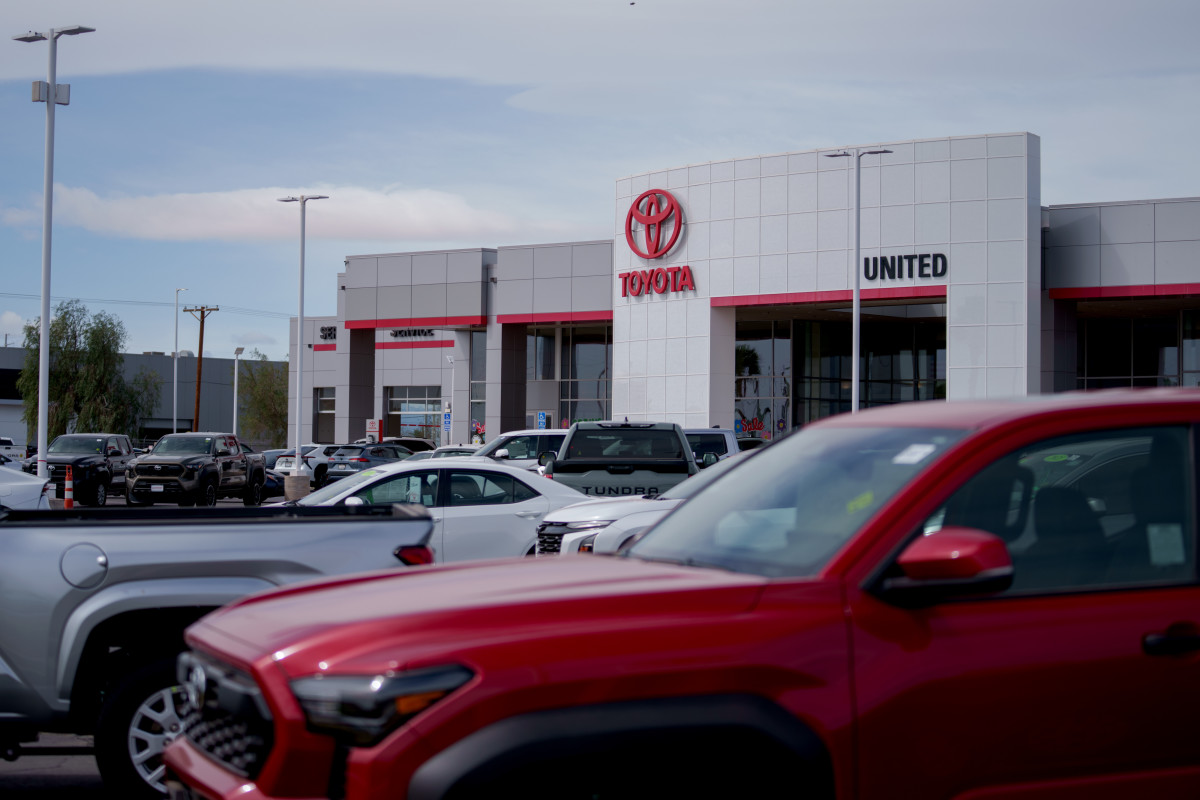Negative auto loan equity hits a four-year peak in Q2 2025
Shocking Q2 data has revealed that one in four new vehicle trade-ins had negative equity, a four-year high since Q1 2021, when 31.9% of new trade-ins were upside down. Edmunds’ report states that 26.6% of trade-ins toward new-car purchases in Q2 were worth less than what a driver owed, up from 26.1% in Q1 and 23.9% in Q2 2024. To make matters worse, the amount of debt drivers are carrying on underwater loans is significant at $6,754. While this amount is down from Q1’s $6,880, it’s up from Q2 2024’s $6,255. A whopping 32.6% of upside-down trade-ins during Q2 had between $5,000 and $10,000 in negative equity, compared to 31.9% in Q1 and 30.2% in Q2 2024. Owing more than $10,000 during Q2 wasn’t uncommon at 23.4%, down slightly from Q1’s 24.5%, but up from Q2 2024’s 20.7%. Edmunds reports that those owing $15,000 or more during Q2 were limited to 7.7%, an improvement from Q1’s 8.4%, but up from Q2’s 6.8%.
Ivan Drury, Edmunds’ director of insights, said: “Affordability pressures, from elevated vehicle prices to higher interest rates, are compounding the negative effects of decisions like trading in too early or rolling debt into a new loan, even if those choices may have felt manageable in years past. And as buyers take on new loans with much higher interest rates than those from just a few years ago, even potential tax deductions can’t meaningfully offset the thousands more they’ll pay in interest.”

Getty
The study found that the average monthly car payment for buyers who rolled negative equity into a new auto loan was $915 during Q2, Edmunds’ highest-ever figure for this group and well above the industry average of $756. New vehicle buyers also financed $12,145 less on average than those rolling negative equity into a new loan. Abby VandenBerg, who works in Maple Hill Auto Group’s HR department, notes that the high number of drivers underwater on car loans was influenced by dealership choices around 2020, CBS affiliate WWMT reports. According to VandenBerg, dealerships were regularly charging over sticker value, sometimes by $10,000 to $20,000, setting the stage for negative equity today, but Maple Hill said they didn’t participate in this trend.
High vehicle prices and interest rates are compounding the issue
The average price of a new car in June was $48,907, and interest rates remain high. At the end of its July meeting, the Federal Reserve determined that interest rates would stay the same due to uncertainty regarding potential inflation from President Trump’s tariff agenda. The federal funds rate is one of the most significant factors influencing auto loan interest rates. In June, the average interest rate for a new vehicle was 7.3%, approaching a record high, according to Edmunds.

Getty
Final thoughts
Dealership trends that appeared during the COVID-19 pandemic and higher interest rates have played roles in one in four new vehicle trade-ins being underwater, a four-year high since Q1 2021. Since auto loans are front-loaded with interest, early payments don’t significantly lower principal, and a vehicle’s simultaneous value loss results in more drivers being upside down on financing if they trade in after a few years. Buyers generally need to hold onto a car for five to seven years to avoid rolling escalating debt into new loans, as those who trade in after three or four years are now facing average monthly payments on their new vehicle of $915. You can compare your car loan’s payoff amount to its current trade-in value to see if you’re upside down.